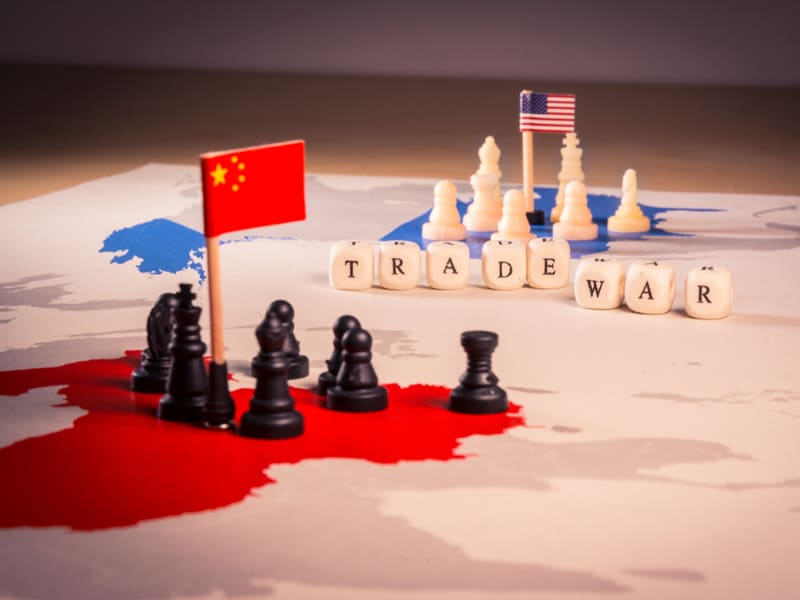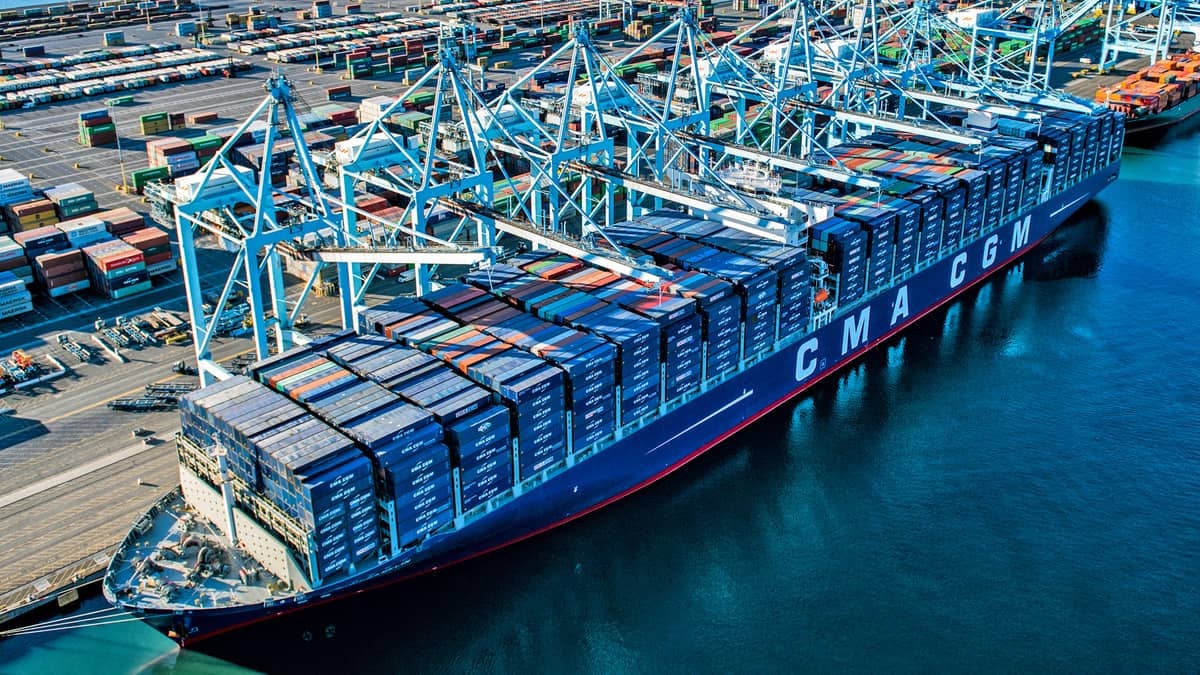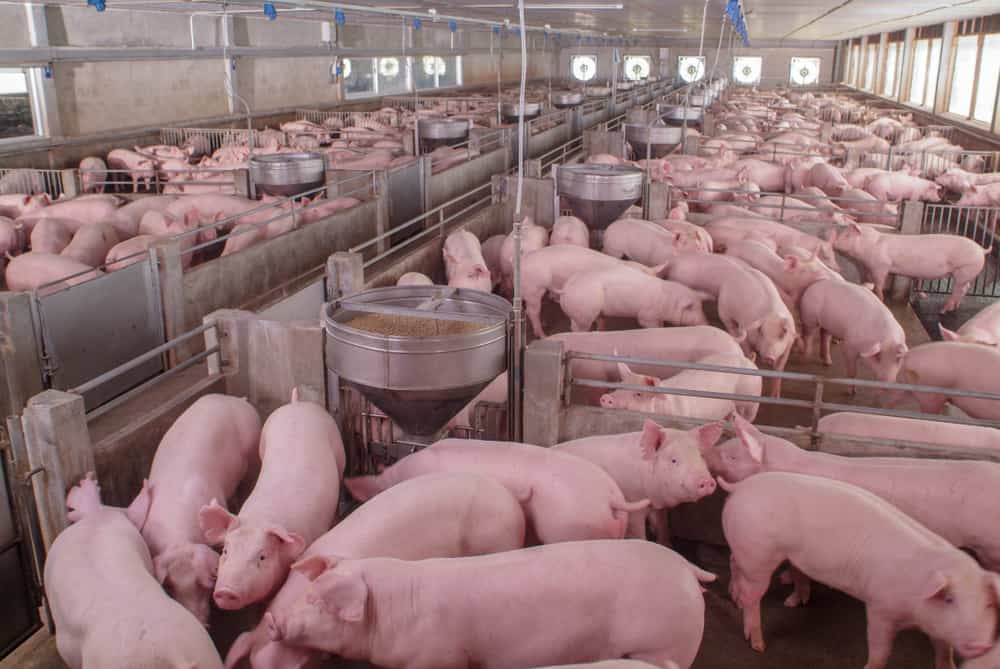The views expressed here are solely those of the author and do not necessarily represent the views of FreightWaves or its affiliates.
The announcement of Wednesday’s signing of the Phase One trade deal has been characterized by both the United States and China as a positive sign that the two countries are moving forward. But with little details revealed on the deal and the mountain of bluster growing, the only way to truly measure trade progress is by the current flow of trade.

Based on U.S. exports to China, the “good will” purchases by China post-Phase One continue to be lackluster. This is tracked not only by the weekly U.S. Department of Agriculture (USDA) data purchases of hogs and soybeans, but by the overall volume of trade traveling through the eastbound trans-Pacific trade lane (the regional trade lane for ocean containers that originates in East Asia and ends in the United States). This trade route is the most important trade pipe for U.S. importers. Over 20 million 20-foot containers have moved each year since 2012. No other trade lane for containers can match that volume. This trade lane accounts for 40% of the world’s GDP. The flow of these trade pipes offers keen insight into the health of trade talks.

In container shipping, this trade is looked at from two different pipes. The “fronthaul” pipe, which is the route from China to the United States, and the “backhaul” pipe, which is U.S. exports to China. Because the United States has always imported more from China than it exports to China, the fronthaul pipe has always been more profitable for the shipping industry because of the higher container volume. This volume dictates shipping capacity. The equation is simple supply and demand – when more containers need to be moved, more ships are needed to move them. If, for some reason, the fronthaul volumes go down, fewer ships are needed to move them, and that drops the price because there are more ships than the supply requires.
Despite the trade cease fire, the volumes of U.S. products to China is still depressed. Pre-Chinese New Year trade volumes are down compared to the once robust pre-trade war volumes. According to Freightos, the world’s largest online freight marketplace, the weekly average for volume shipped in the weeks pre-Chinese New Year 2018 was 105% more than the average, while after tariffs pre-Chinese New Year 2019 volume was up only 66%. For the Chinese New Year in 2020, the volume of shipments is only 20% above the average weekly volume for the year. This decrease in demand has also deflated freight prices.

At the epicenter of this trade flow imbalance is the Port of Los Angeles. Not only is the port exporting fewer U.S. products to China, the port is also receiving fewer China imports. The leaner volumes are a result of the efforts by U.S. importers to get their “Made in China” products into the country ahead of the tariffs, as well as the movement of manufacturers out of China into other Asian countries like Vietnam. Those actions shifted the flow of trade to East Coast ports.
Gene Seroka, executive director of the Port of Los Angeles, explained the longer the trade war continues, the more erectable harm is caused. “Money is on the sidelines because of this uncertainty,” Seroka stressed. “Whether it’s companies that traditionally invest or use capital to update their facilities or hire more folks, capital creates more research and development dollars. With money not being invested, it is not good over the long term.” U.S. exports to China from the L.A. port have been down for 13 consecutive months.

Another trade dud – Chinese purchases of hogs, a protein staple for Chinese New Year celebrations. Since the announcement of Phase One, traders were anticipating larger hog purchases. China is facing a meat shortage after the culling of 60% of its pig population because of African Swine Fever. “While Chinese purchases of U.S. pork have definitely increased, we need to see even larger amounts on a consistent basis to gobble through the current extremely large supply of pork coming from record hog slaughter numbers,” said Dan Norcini, a commodities broker. “We are hopeful that the signing of the Phase One trade deal will reveal some details and give us some much-needed clarity as to their intentions.”
So despite the rhetoric of winning the flow of containers, freight and tankers continues to be the beacon of truth. “Once disrupted, the damage to the trade lanes is done,” explained Sand. “New trade lanes have occurred, and new partnerships deals are made for future flow of goods. Global economics have also changed since the start of the trade war, so it’s all different. Trust is broken.”










